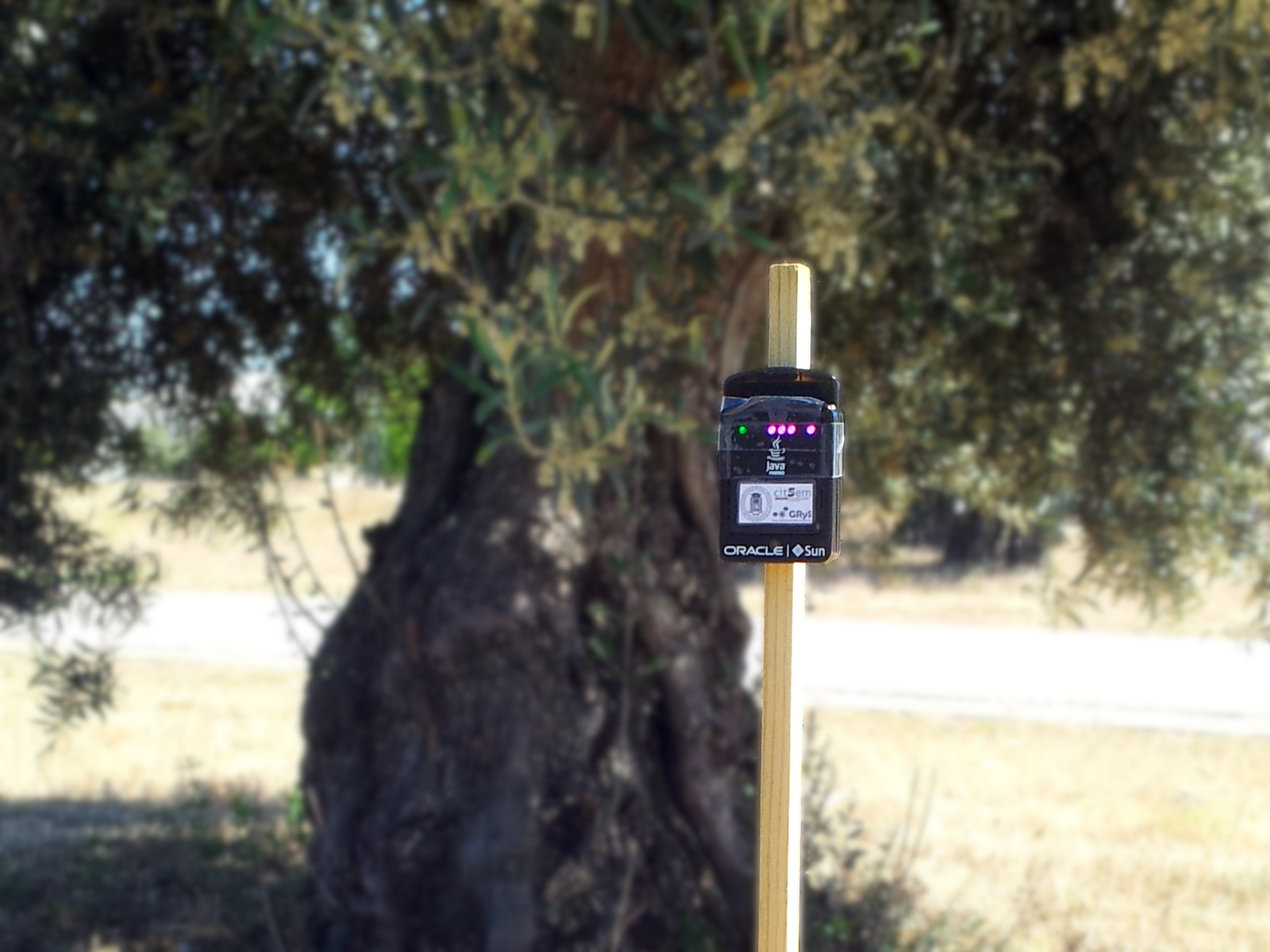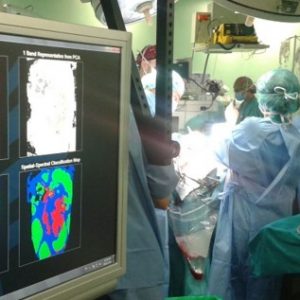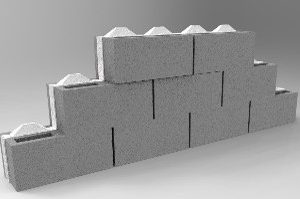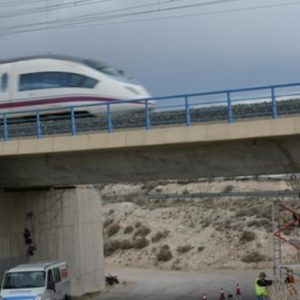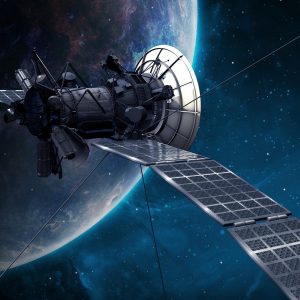Brief description of the technology solution and the added value it provides
The goal for this controller is to improve the total energy consumption in a Wireless Sensor Network (WSN), keeping a reliable communication. To achieve this goal, a self-adaptive solution has been developed. This solution is capable of adjusting the transmission power dynamically, and agnostic to the user needs.
Description of the technological base
A usual technical issue when deploying a WSN is how to define the transmission power being used in each sensor to ensure the communications. In fact, whenever a new sensor is added to the network, or when any of the already deployed sensors is removed, a new transmission power estimation is needed.
The solution provided by this controller is based on the idea that to ensure the communications in a WSN it is enough to guarantee a minimun number of neighbors. This, this controller acts on the transmission power depending on the detected number of neighbors. As a result, the total energy consumption is reduced, thus increasing the lifespan of the sensors.
This controller is based on the “six degrees of separation” idea, adapted to the WSN context.
A detailed description of the controller and the results obtained in the demonstration tests are available at the following references:
- Self-Adaptive Strategy Based on Fuzzy Control Systems for Improving Performance in Wireless Sensors Networks
- Communication Range Dynamics and Performance Analysis for a Self-Adaptive Transmission Power Controller
Market demands
- The wireless sensor networks market is expected to reach almost 95 billion dollars by 2023, at a CAGR of 19%. Software solutions of these networks, including platforms and components that are key for applications such as data collection or remote monitoring, would grow at a even highest rate during this forecast period.
- The deployment of wireless sensors in a context in which the permanent supply of energy is not possible requires adequate planning to extend the use of the batteries that power them. In these scenarios, a self-adaptive controller capable of autonomously adjusting the transmission power implies an improvement in energy consumption, and even in the capacity of communications by reducing possible interferences.
- This controller has also the advantage of being agnostic to the rest of the uses of the sensors in which it is deployed. Thus, its use does not require special preparation, beyond deciding the desired number of neighbors for each sensor based on the number of devices deployed and their distribution.
Competitive advantages
- Ease of use.
- Energy consumption improvement (an 11% improvement in energy consumption over the use of a fixed transmission power).
- Communications improvement (message delivery rate greater than 99% once network reached a steady state).
- Dynamic adjustment of the transmission power in a WSN without requiring to change the configuration whenever sensors are added to or removed from the WSN.
Previous references
- The self-adaptative controller was developed as part of the European research project DEMANES. Several tests were carried out to demonstrate that it can achieve a significative energy consumption improvement. Moreover, some of the tests showed excelent packet delivery rates, being even better than when using a fixed transmission power.
- This software has been released under a dual open license allowing both an academic and industrial use. It is available at https://github.com/DEMANES/Reasoning-Engine-for-SunSPOT.
“In tests, the use of the self-adaptive transmission power controller obtained an 11% improvement in energy consumption over the use of a fixed transmission power, with a message delivery rate greater than 99% once network reached a steady state”
Intellectual property
- Software registration M-007848/2015
Development stage
- Concept
- Research
- Lab – prototype
- Industrial prototype
- Production


